There have been many since too. Satyajit Ray, Amartya Sen, Jhumpa Lahiri come to mind.From mid 19th century to mid 20th century, Bengal region had some of the finest political and cultural intellectuals that this subcontinent has ever seen.
But then shortly after the partition, it all just stopped. For some reasons those people couldn't left worthy successors. And to this day I am trying to figure out why.
You are using an out of date browser. It may not display this or other websites correctly.
You should upgrade or use an alternative browser.
You should upgrade or use an alternative browser.
Historical Combat, War, Geopolitics History and Analysis
- Thread starter Nilgiri
- Start date
There have been many since too. Satyajit Ray, Amartya Sen, Jhumpa Lahiri come to mind.
They are not the same calibre as Tagore, nazrul, Mujeeb or netaji. (If you know what I mean.) That period has long gone.

Nehru Rejected American Offer of Nuclear Weapons & Technology | Abhijit Chavda #shorts
Checkout my Introductory course Bharata: A Biography of the Oldest CivilizationEnroll here - https://abhijitchavda7460.ongraphy.com/s/storeFor business/colla...
Nonsense. Kennedy was India's friend. But American policy was always for non proliferation.@Nilgiri Wtf? Is it true?
Nehru Rejected American Offer of Nuclear Weapons & Technology | Abhijit Chavda #shorts
Checkout my Introductory course Bharata: A Biography of the Oldest CivilizationEnroll here - https://abhijitchavda7460.ongraphy.com/s/storeFor business/colla...youtube.com
The most comprehensive and well presented YouTube video on the History of Bengal. @Nilgiri @Ryder @Gary @TR_123456 @Jackdaws I highly recommend you to watch it. (At least first 25 minutes)
Some key points.
today's geography of Bangladesh.
-World largest river delta. Hence also the world most arable land. (percentage wise) second and third is Denmark and Ukraine respectively.
-World largest mangrove forest, 'Sunder-ban' ( means, beautiful forest)
-Longest natural sea beach. (Cox-bazar)
History of region.
Birthplace of multiple civilisations. Notably-
1. Pala empire. (750-1161 CE, Golden age of Buddhism.) One of the most advanced and rich civilisations. They built some of the World first universities.
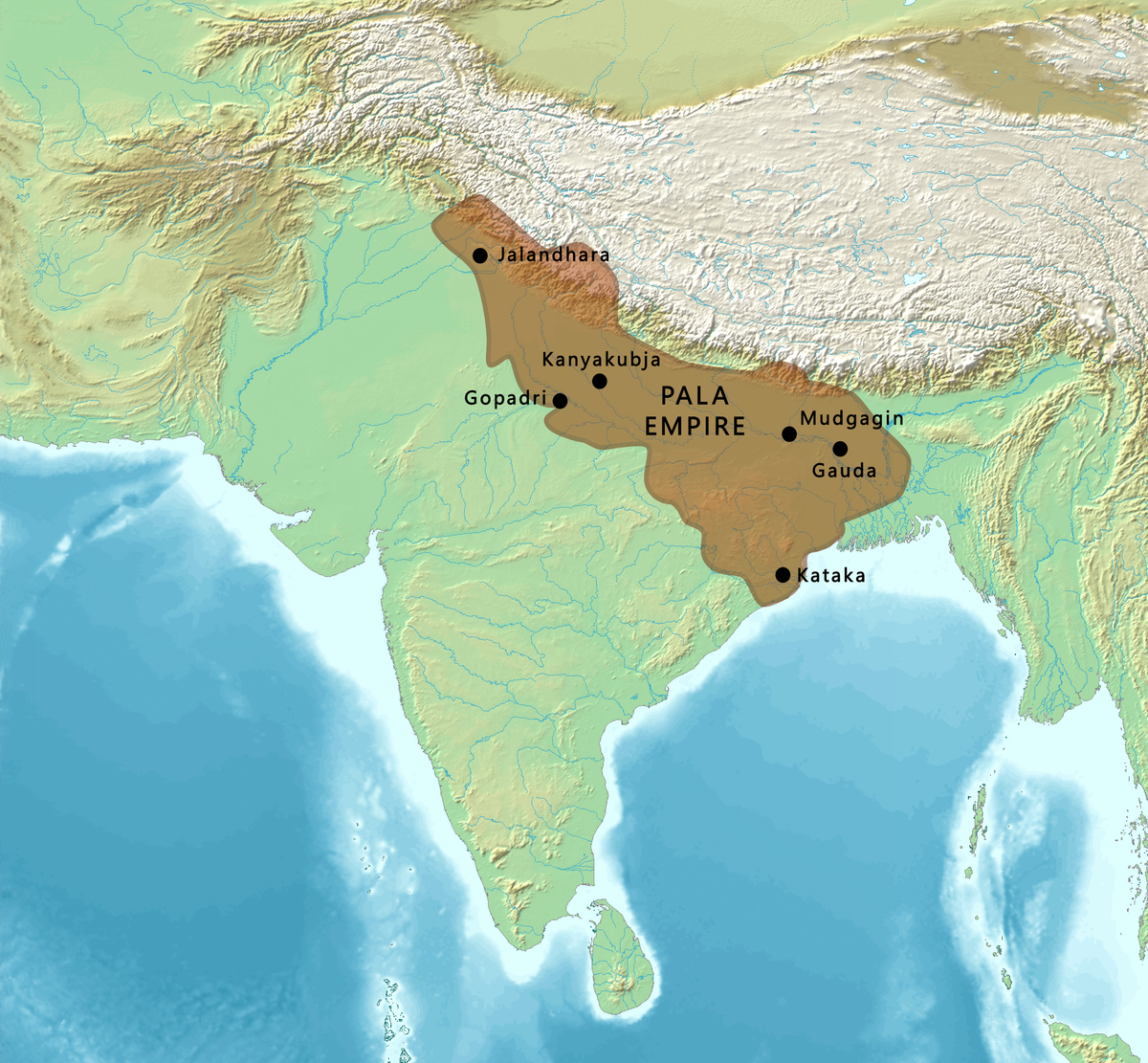
Pala Empire - Wikipedia
Notably- Nalanda university, founded in 5th century (location- current day India)
And the biggest one. The Somapura university, founded in 8th century (current day Bangladesh)
2. Bengal Sultanate.
Notable city- Gaur city, World's 5th largest at the time.
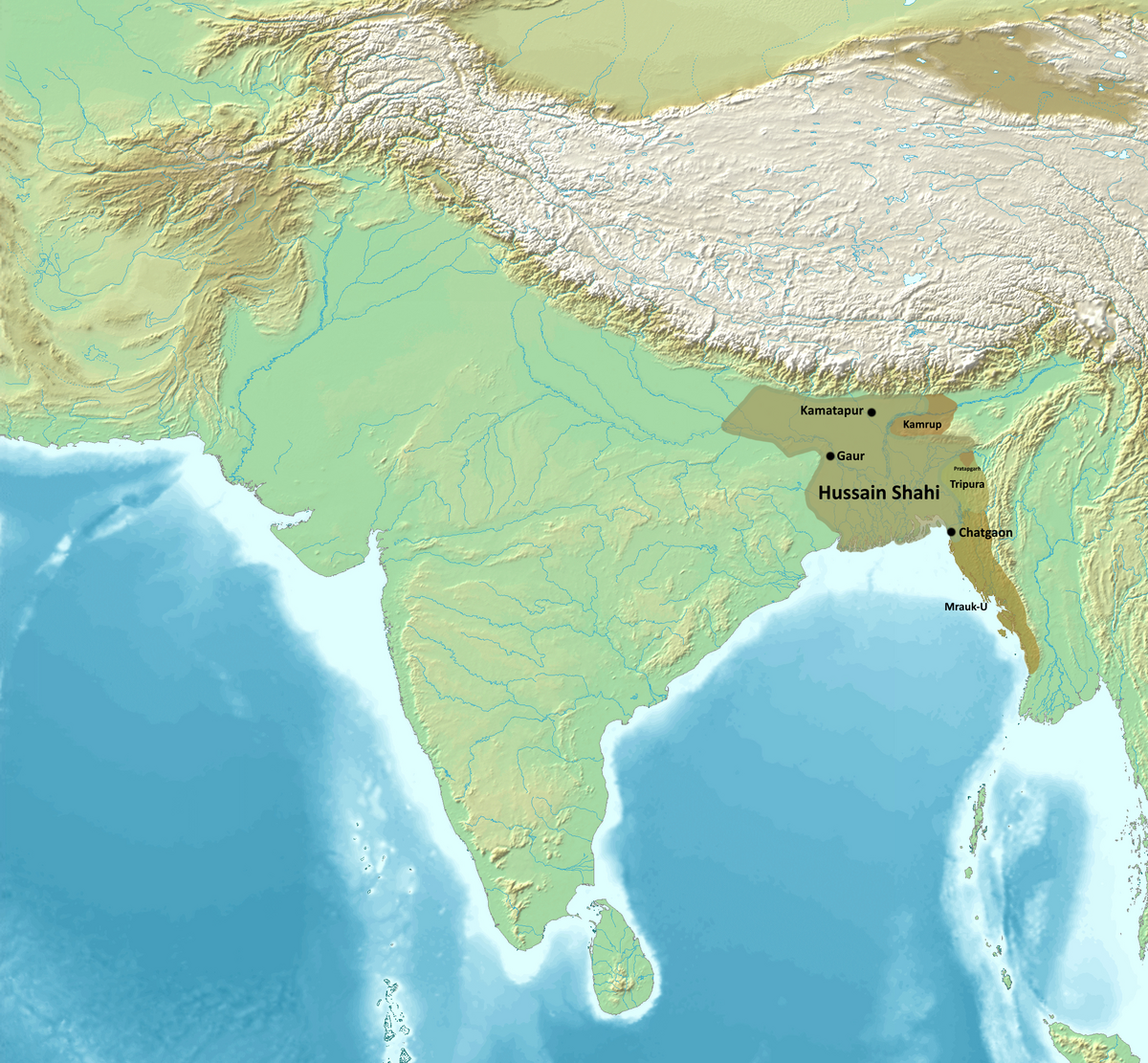
Bengal Sultanate - Wikipedia
Notable architecture- Adina mosque.
3. Bengal subah (under Mughal rule) 'Golden age of Bengal' also termed 'paradise of nations' by mughal emperor.
Notable cities- Dhaka and Murshidabad.
'The eastern part of Bengal was globally prominent in industries such as textile manufacturing and shipbuilding, and it was a major exporter of silk and cotton textiles, steel, saltpeter, and agricultural and industrial produce in the world.'
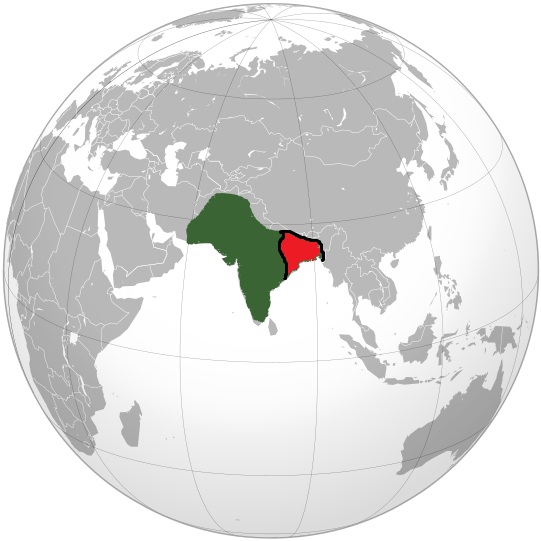
Bengal Subah - Simple English Wikipedia, the free encyclopedia
Most notable industries-
Muslin and Shipbuilding.
'Under Mughal rule, Bengal was a center of the worldwide muslin, silk and pearl trades. During the Mughal era, the most important center of cotton production was Bengal, particularly around its capital city of Dhaka, leading to muslin being called "daka" in distant markets such as Central Asia. Bengal also exported cotton and silk textiles to markets such as Europe, Indonesia and Japan. Bengal produced more than 50% of textiles of Indian subcontinent and around 40% of silks imported by the Dutch from Asia, for example.'
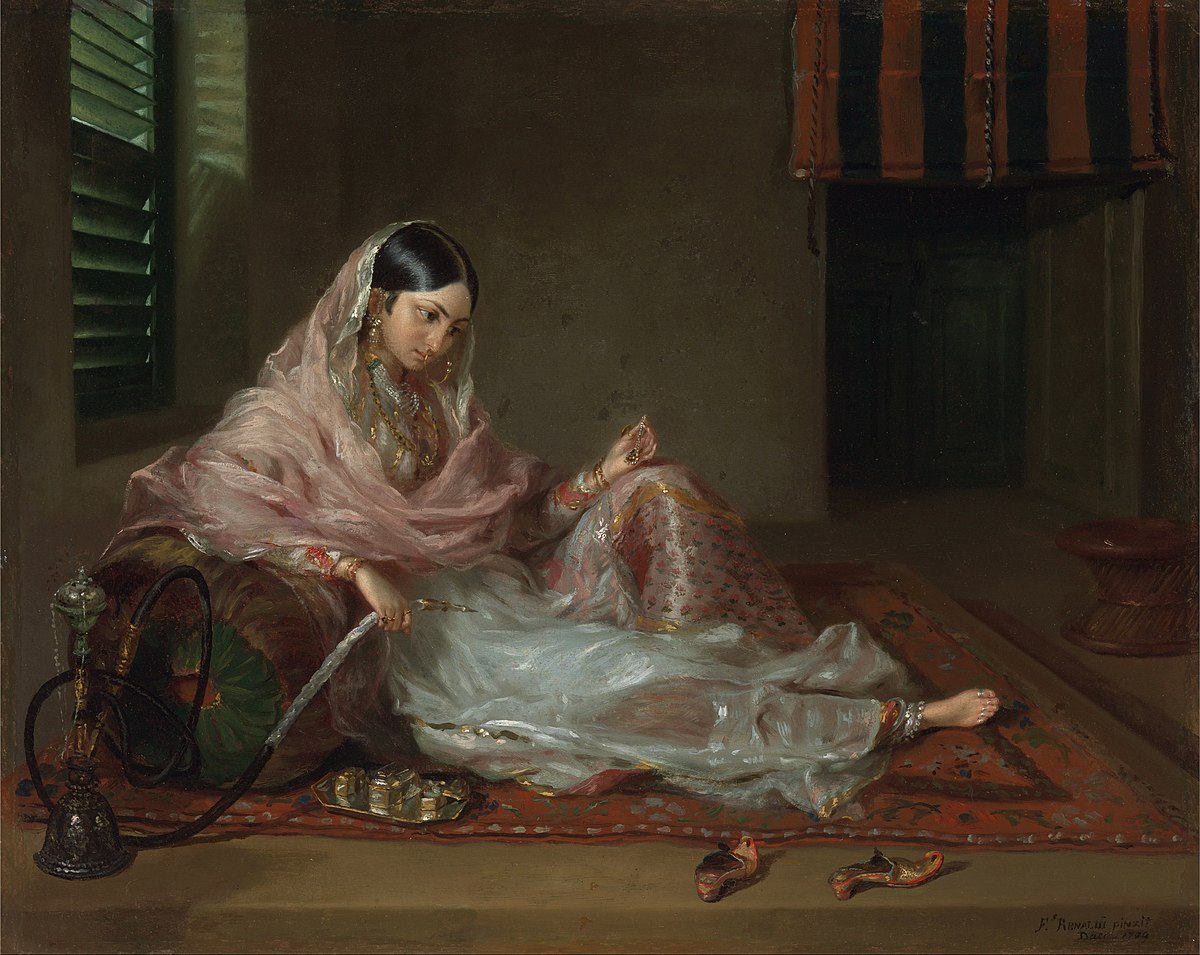
Muslin trade in Bengal - Wikipedia
Due to the riverine geography of Bangladesh, ships have been playing a major role in the trade affairs of the people of this country since the ancient times. According to the accounts of the 14th century Moroccan traveler Ibn Batuta, there used to be large fleets of warships docked in various ports of the country. A medieval European traveler Caesar Frederick documented that the port city of Chittagong and Sandwip were manufacturing hubs of large ships during the mid 15th century. The volume of shipbuilding swelled extensively during the Mughal period. During the 17th century, the shipyards of Chittagong and Sandwip used to build warships for the Sultan of Turkey.
'During the Mughal Empire, the province of Bengal Subah had a large shipbuilding industry. Economic historian Indrajit Ray estimates shipbuilding output of Bengal during the sixteenth and seventeenth centuries at 223,250 tons annually, compared with 23,061 tons produced in nineteen colonies in North America from 1769 to 1771. He also assesses ship repairing as very advanced in Bengal.
Bengali shipbuilding was advanced compared to European shipbuilding at the time. An important innovation in shipbuilding was the introduction of a flushed deck design in Bengal rice ships, resulting in hulls that were stronger and less prone to leak than the structurally weak hulls of traditional European ships built with a stepped deck design. The British East India Company later duplicated the flushed deck and hull designs of Bengal rice ships in the 1760s, leading to significant improvements in seaworthiness and navigation for European ships during the Industrial Revolution.'
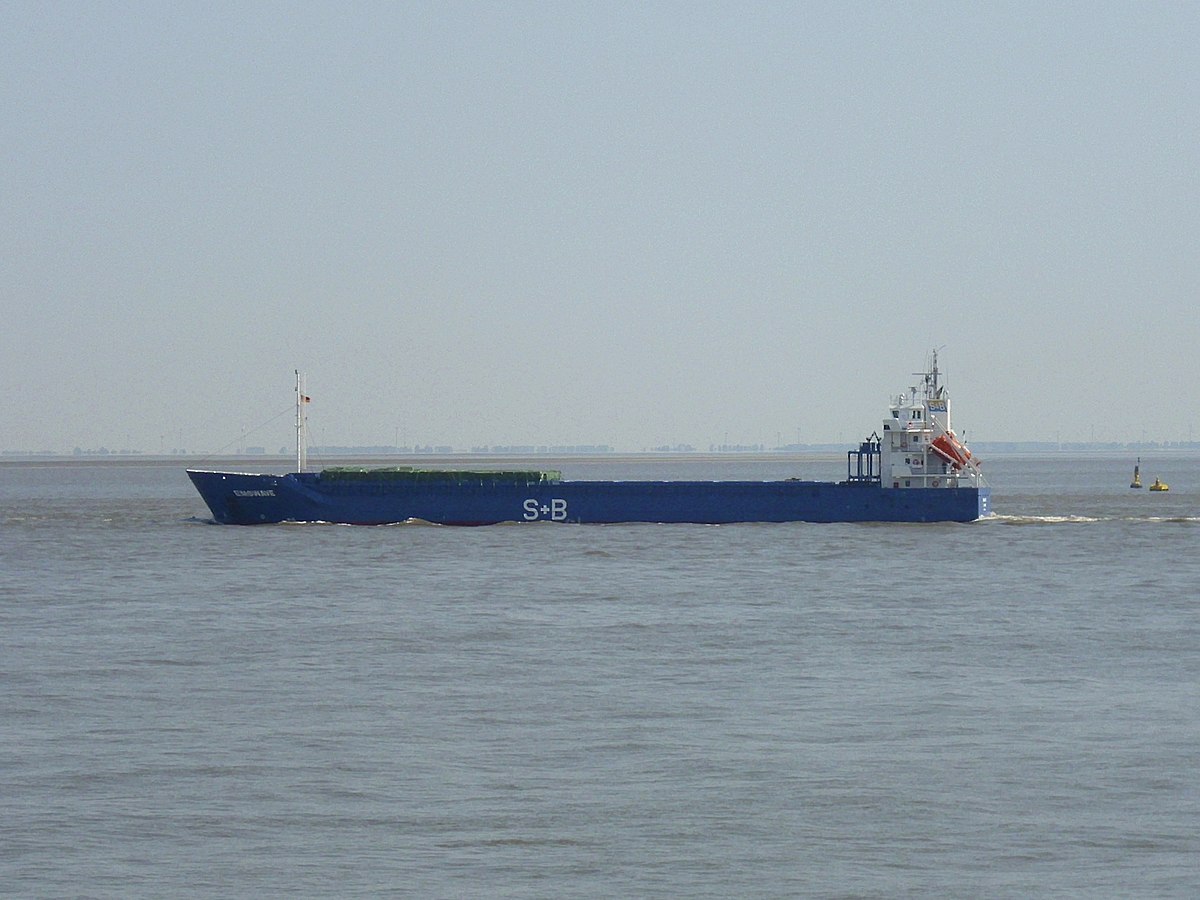
Shipbuilding in Bangladesh - Wikipedia
Edit- Nalanda University was actually founded by Gupta empire. While Vikramashila and Somapura was founded during Pala period.
Last edited:
Dont look good for pakistan
Dont look good for pakistan
What the fck is going on with these Jihadists.
They use to be the stereotype with a beard and wearing sandals with an ak.
Now they have gone full soldier.
Cartels used to be all dressed as gangstas in the past now they are all dressed as soldiers some even receieved military training.
That was the case till the late 2015s but Americans leaving all their equipment along with trained ANA commandos at the mercy of taliban has caused this.Even in a recent terrorist attack in pakistan TTP were wearing Multicam camo,Highcut helmets along plate carriers and battle belts. They even have NVGs and m4s .These guys are the combination of taliban and ANA SF . they just started a massive raid into pakistan into chitral district yesterday.What the fck is going on with these Jihadists.
They use to be the stereotype with a beard and wearing sandals with an ak.
Now they have gone full soldier.
Cartels used to be all dressed as gangstas in the past now they are all dressed as soldiers some even receieved military training.
That was the case till the late 2015s but Americans leaving all their equipment along with trained ANA commandos at the mercy of taliban has caused this.Even in a recent terrorist attack in pakistan TTP were wearing Multicam camo,Highcut helmets along plate carriers and battle belts. They even have NVGs and m4s .These guys are the combination of taliban and ANA SF . they just started a massive raid into pakistan into chitral district yesterday.

The Blackwater of Jihad
A consortium of elite, well-paid fighters from across the former Soviet Union are training jihadis in Syria. Their business model could go global.
Not to mention former Soviet countries who were once soldiers have now become advisors to many jihadist groups.
Cartels also military training from former Mexican soldiers.
Crazy how its become like this.
That was the case till the late 2015s but Americans leaving all their equipment along with trained ANA commandos at the mercy of taliban has caused this.Even in a recent terrorist attack in pakistan TTP were wearing Multicam camo,Highcut helmets along plate carriers and battle belts. They even have NVGs and m4s .These guys are the combination of taliban and ANA SF . they just started a massive raid into pakistan into chitral district yesterday.
What a clown show.
but you guys are overestimating it.
This time Taliban turns out be quite strategic when it comes to geopolitics compared to how they were last time.
Also, who cares? It is Pakistani army's mess, they are gonna have to deal with it anyway.
Well I dont think so.TTP captured a lot of area during their hayday in 2000s .It basically took Pakistani army tanks and artillery along with bombardment from jets to knock them out But the biggest factor that ended TTP was Americans surgically killing their leaders.Now that is not an option along with the fact that TTP is just the retarded brother of taliban that shelters them.People tend to forget these are the same guys who almost hijacked a naval frigate with the help of cells inside pak military.if you really think that I am overreacting just take this case those terrorists" commandos" are much better equiped than every single SF unit of any South Asian country other than maybe indian navy marcos.Thats how ill prepared the sub continent is when it comes to SF when weapons terrorists are getting armed like crazyWhat a clown show.
but you guys are overestimating it.
This time Taliban turns out be quite strategic when it comes to geopolitics compared to how they were last time.
Also, who cares? It is Pakistani army's mess, they are gonna have to deal with it anyway.
Well I dont think so.TTP captured a lot of area during their hayday in 2000s .It basically took Pakistani army tanks and artillery along with bombardment from jets to knock them out But the biggest factor that ended TTP was Americans surgically killing their leaders.Now that is not an option along with the fact that TTP is just the retarded brother of taliban that shelters them.People tend to forget these are the same guys who almost hijacked a naval frigate with the help of cells inside pak military.
Well, initially I still don't think it would be like 2000s. IMO, today Taliban wants legitimacy, The issue for them is now to run a very poor and corrupt country.
Violence is an effective mean when you have well defined objective.
But their of main goal of 'freeing' Afghanistan from foreign occupation has been 'achieved'.
The way I understood is, TTP's past actions was as an extension Afghan war into Pakistan.
But the war has finnally ended. Now, the head is gone i am not sure how long body will survive.
(Of course, there will be small attacks here and there from time to time, after all it is Pakistan, where highly corrupt state, deep state, various elements of army, intelligence agency and no state actors with conflicting agendas are in competition with each other)
However, I will still wait and see how it unfolds for the final say.
I wonder what @Nilgiri thinks about this.
if you really think that I am overreacting just take this case those terrorists" commandos" are much better equiped than every single SF unit of any South Asian country other than maybe indian navy marcos.Thats how ill prepared the sub continent is when it comes to SF when weapons terrorists are getting armed like crazy
Short answer is no.
Fast helmet and M4 carbine looks cool. But That's about it. The don't have the battery supply for those fancy NVG or optical sights/scopes.

India's military studying options for any China war on Taiwan
India is reportedly considering its possible responses to a potential Chinese invasion of Taiwan, following discreet inquiries from the US on how India could contribute in the event of a war. The Indian government has commissioned a study to examine the wider impact of a war over Taiwan that...
as if china has the guts to invade Taiwan in the first place.Even if they do all we have to do is tie up there forcesThere is no way India would get directly involved and initiate conflict along their Northern border. That is just silly.
Sharia is much more fair in family disputes and divorce.
While in the West the Women gets everything in Islamic law both sides get a fair share but the man gets more because he still has to pay child support for children.
Laws in the west favour women more they get everything from wealth to children even assets.
Western law is so broke and it has never been fixed. Then we call ourselves we are for justice and equality.




